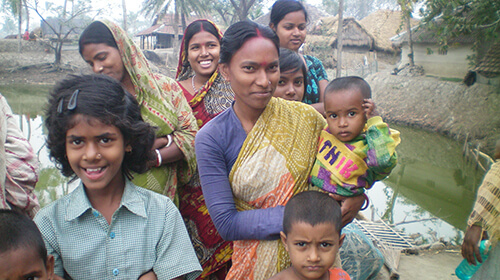
AIDMI led the first-ever action research for the Central and South Asia region with a focus on research and innovation demand from the affected population in the humanitarian sector. In addition, over 2000 knowledge resources were mapped and consulted with over 27 national and regional experts from 12 countries.
AIDMI has responded to several large-scale disasters. These include the 2001 Gujarat earthquake, the 2004 Indian Ocean tsunami, the 2005 Kashmir earthquake, the 2005 and 2006 Gujarat floods, the 2007 and 2008 Bihar floods, cyclone Sidr in Bangladesh, cyclone Nargis in Myanmar, the 2010 Leh cloud burst, the 2011 Odisha floods, the 2011 Sikkim earthquake and the 2011 Cyclone Thane in South India, the 2013 Cyclone Phailin, the 2014 Uttarakhand floods, the 2015 Nepal Earthquake, the 2015 Chennai floods, the 2018 Kerala floods, along with many small local disasters and accidents. Through relief efforts, AIDMI applies a human security approach that focuses on long-term recovery and community development including a focus on four component securities: food, water, shelter, and livelihood.
15,000 Livelihood recovery families and more than 9000 habitat support families.
AIDMI introduce livelihood relief in humanitarian action in India in 1998, and now no relief is without focus on livelihood. AIDMI demanded the formation of national authority in 1999 after Kandla Cyclone and shaped the national act preparation.